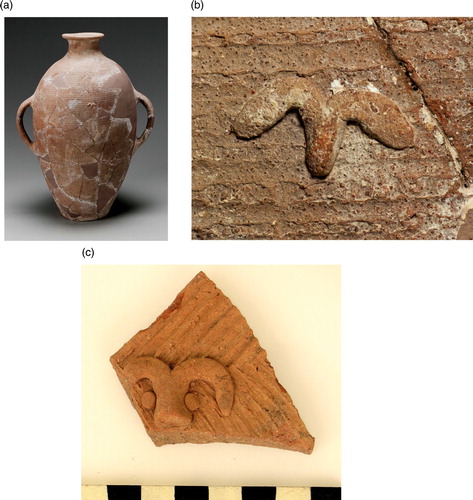Figures & data
Figure 1 Map of the eastern Mediterranean, showing the production and diffusion patterns of Combed vessels (Thalmann and Sowada Citation2014: fig. 1).
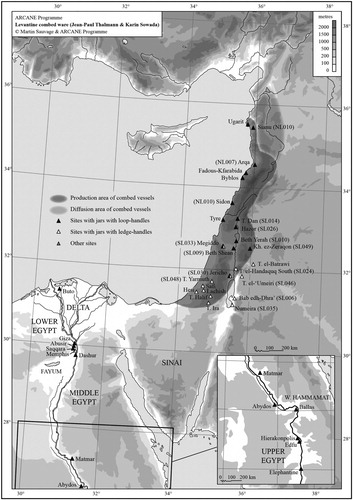
Figure 2 Early Combed jars in Egypt.
a. Hierakonpolis, Locality 29A, Dynasty 0 (after Adams and Friedman Citation1992: fig. 8e).
b. Buto, Stratum V, Dynasty 0, TeF 87 T IXB 26/18 & 18a (Köhler Citation1998: pl. 68.9, 7312).
c. Abydos, Tomb U-y, early Naqada IIIB, U-y/1 (Hartung Citation2001: 208, fig. 457).
d. Tomb O (Djer), 1st Dynasty, Petrie Museum UC17388 (drawing K. Sowada).
e. Tomb O (Djer), 1st Dynasty, Ashmolean Museum E4031 (after Petrie Citation1902: pl. VIII.6).

Figure 3 Imported pottery from Giza tombs: petrography Group 1 — Iron-rich, calcareous with chert, Fabric P200. Exemplar — Sample 1, Combed jar (MFA 13.5638), Tomb G 4240, early–mid 4th Dynasty.
a. MFA 13.5638 (Photo © 2019 Museum of Fine Arts, Boston, photo and drawing K. Sowada).
b. Sherd fracture (photo K. Sowada).
c. Thin-section at plane-polarised light (PPL), 100x magnification (micrograph M. Ownby).
d. Thin-section at cross-polarised light (XPL), 100x magnification (micrograph M. Ownby).
Thin-sections show chert inclusion at top, decomposing limestone inclusion at bottom, quartz grain at lower right.
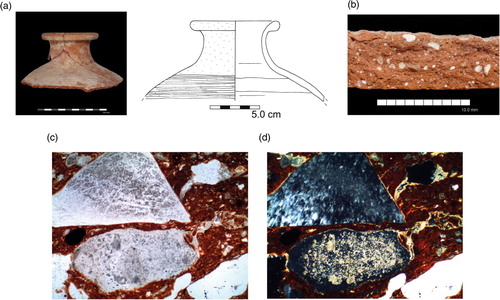
Figure 4 Imported pottery from the settlement at Heit el-Ghurab, Giza: petrography Group 1 — Iron-rich, calcareous with chert, Fabric P200. Exemplar — Sample 4, Combed krater rim (HeG Reg. 69608), square 4-E21, unit 21384, bakery, Gallery Complex, late 4th Dynasty.
a. HeG Reg. 69608 (photo A. Wodzińska).
b. Sherd fracture (photo J. Quinlan).
c. Thin-section at plane-polarized light (PPL), 100x magnification (micrograph M. Ownby).
d. Thin-section at cross-polarized light (XPL), 100x magnification (micrograph M. Ownby).
Thin-sections show decomposing limestone as light brown inclusions, quartz as white inclusion, shale fragment as black inclusion.
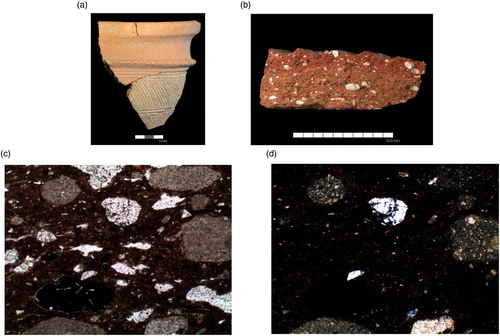
Figure 5 Imported pottery from Giza tombs: petrography Group 2 — iron-rich, less calcareous, with no chert, Fabric 201. Exemplar — Sample 2, Combed jar (MFA 13.5593), Tomb G 4340 A, 4th Dynasty.
a. MFA 13.5593 (Photo © 2019 Museum of Fine Arts, Boston, photo and drawing K. Sowada).
b. Sherd fracture (photo K. Sowada).
c. Thin-section at plane-polarized light (PPL), 100x magnification (micrograph M. Ownby).
d. Thin-section at cross-polarized light (XPL), 100x magnification (micrograph M. Ownby).
Thin-sections show lack of sand-sized grains with a scatter of white silt-sized quartz grains.
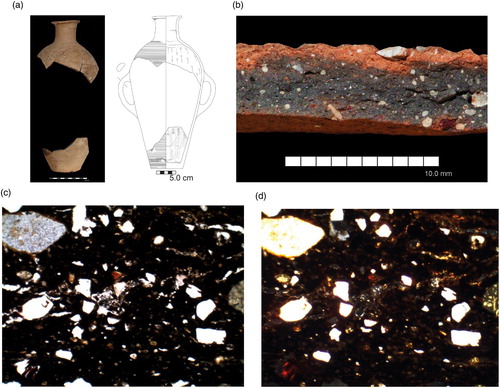
Figure 6 Imported pottery from the settlement at Heit el-Ghurab, Giza: petrography Group 2 — iron-rich, less calcareous, with no chert, Fabric P201. Exemplar — Sample 5, Combed jar base (HeG Reg. 96251), 6-U24, unit 28608, Royal Administrative Building, late 4th Dynasty.
a. HeG Reg. 96251 (photo A. Wodzińska).
b. Sherd fracture (photo J. Quinlan).
c. Thin-section at plane-polarized light (PPL), 100x magnification (micrograph M. Ownby).
d. Thin-section at cross-polarized light (XPL), 100x magnification (micrograph M. Ownby).
Thin-sections show lack of sand-sized grains, large inclusion at upper left is a possible basalt fragment.
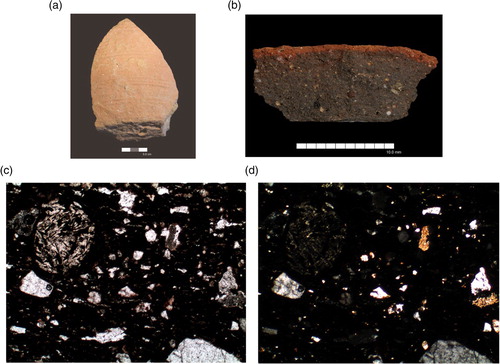
Figure 7 Imported pottery from Giza tombs: petrography Group 3 — calcareous, less iron-rich with foraminifera, Fabric P202. Exemplar — Sample 3, Combed jar (MFA 37.2729), Tomb G 5020 Annex A, early-mid 4th Dynasty.
a. MFA 37.2729 (photo © 2019 Museum of Fine Arts, Boston, photo K. Sowada).
b. Sherd fracture (photo K. Sowada).
c. Thin-section at plane-polarized light (PPL), 100x magnification (micrograph M. Ownby).
d. Thin-section at cross-polarized light (XPL), 100x magnification (micrograph M. Ownby).
Thin-sections show lack of sand-sized grains, but silt-sized foraminifera middle at far right and lower left.
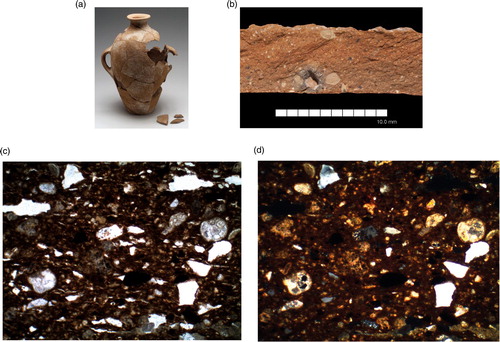
Figure 8 Imported pottery from the settlement at Heit el-Ghurab, Giza: petrography Group 3 — Calcareous, less iron-rich with foraminifera, Fabric P202. Exemplar — Sample 6, Combed jar body sherd (HeG Reg. 105925), square 4-E21, unit 22286, bakery, Gallery Complex, late 4th Dynasty.
a. HeG Reg. 105925 (photo A. Wodzińska).
b. Sherd fracture (photo J. Quinlan).
c. Thin-section at plane-polarized light (PPL), 100x magnification (micrograph M. Ownby).
d. Thin-section at cross-polarized light (XPL), 100x magnification (micrograph M. Ownby).
Thin-sections show lack of sand-sized grains, brown chert inclusion at upper middle, and foraminifera at upper left.
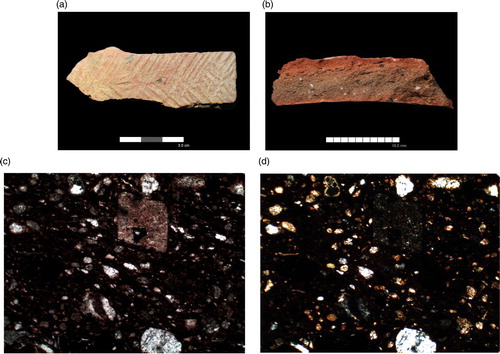
Figure 9 Applied potmarks from Egypt and the central Levant.
a. MFA 37.1319 (Sample 11), Tomb G 7330, mid-late 4th Dynasty. Petrography Group 1, Fabric P200 (Photo © 2019 Museum of Fine Arts, Boston).
b. Detail of potmark on MFA 37.1319.
c. Applied ‘ram’s head’ potmark from Tell Fadous-Kfarabida (Genz Citation2014: fig. 12).
